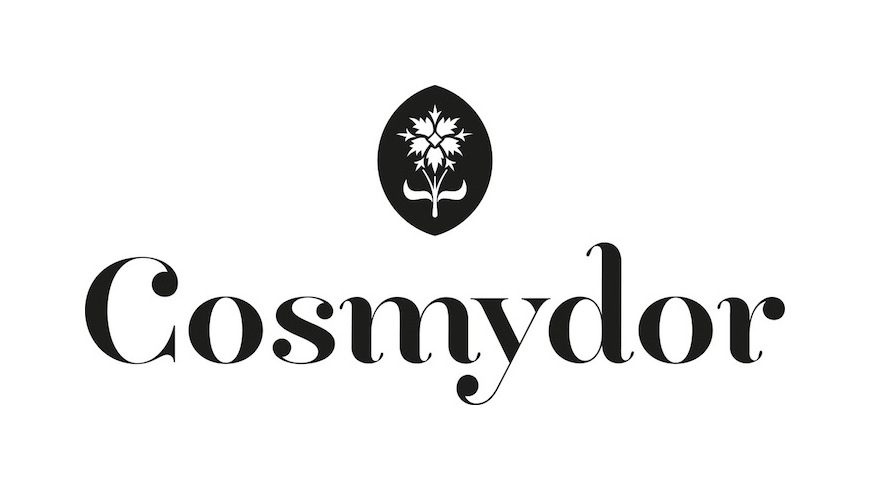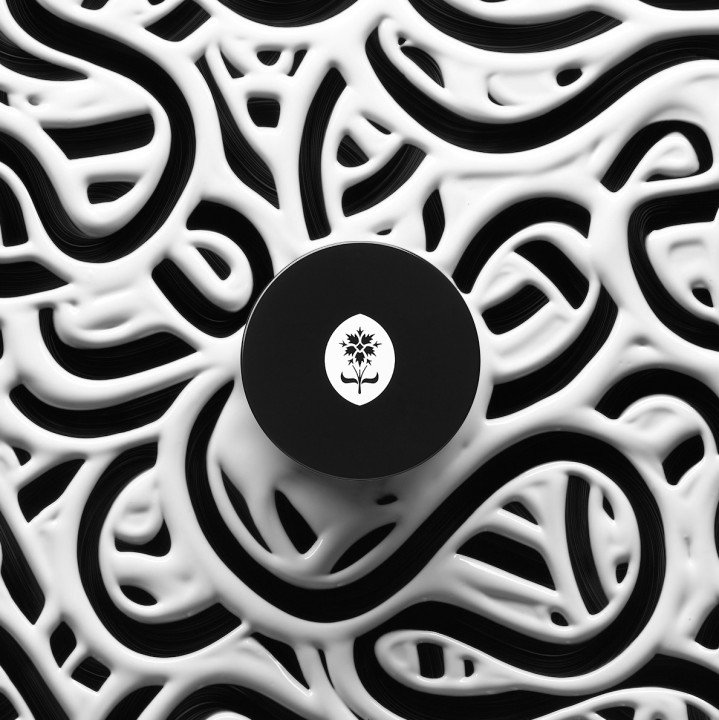THE JOURNEY TO EMBEDDING SUSTAINABILITY IN A BRAND’S DNA
Relaunching Cosmydor was pivotal in my entrepreneurial journey, marking the first time one of my ventures focused on tangible products rather than services, consultancy, or agency work (finance and marketing/branding).
This shift meant that the advice, beliefs, and recommendations about “being more sustainable” became tangible realities under my direct responsibility, creating accountability to stakeholders, especially curious journalists and customers eager to understand or challenge the brand’s sustainability choices. No more books and PowerPoint presentations; instead, a commitment to facts.
Cosmydor’s stringent sustainability choices are detailed on this website.. The focus here is on discussing how to place sustainability at the core of its DNA and the practical consequences. Recreating Cosmydor’s DNA, a “sleeping beauty” since the late 1960s, provides a perfect case study.
I. The Process
The initial step was defining what sustainability stands for in the context of Cosmydor and determining its strictness. With the new brand signature “Cosmétique Vertueuse” (Virtuous Cosmetics) and one of the two brand pillars being “The Beauty of Sustainability,” all business choices were unequivocally made through this particular lens. There were no cutting corners or turning back from most decisions made during the process.
Launching or relaunching a skincare brand notably involves:
1. Manufacturing
First and foremost, geography played a crucial role. For a French heritage brand, there was no option other than to produce in France.
Examining the CO2 footprint, use of energy, and waste of water, we explored all possible manufacturing processes and discovered that artisanal production was the only way to minimize the brand’s impact on the planet - close to zero, in fact. Luckily, this approach not only proved sustainable but also resulted in the creation of the most efficient products: artisanal production allows for a higher concentration of active ingredients and the use of the best natural ingredients, notably cold-pressed oils.
Choosing not to use industrial machines, though unusual in the cosmetics industry, emerged as the most sustainable option. This approach works well for skincare, given the small product sizes. When larger volumes are requested, the challenge lies in increasing the size of the workshop and training more artisans.
2. Formulas
“No petrochemicals” served as a fundamental starting point. Thanks to the know-how and knowledge gathered at our lab, we identified perfect blends of incredibly efficient plants to offer optimal benefits in hydration, skin regeneration, anti-ageing, complexion unification, cleansing, etc.
Despite their lack of correlation with efficacy, texture and scent remain crucial in skincare. Fortunately, we successfully created pleasing textures (without the need for silicones or other synthetic agents) and pleasant scents (without fragrances). The faith in the virtues of Nature served as the guiding thread throughout this exercise.
3. Packaging
“No plastic packaging” was my non-negotiable motto. In terms of the process, it entailed countless hours of research, attendance at multiple packaging trade fairs, and deciphering greenwashing claims. As a small brand, reliance on existing packaging solutions, such as off-the-shelf jars, tubes, or pumps, was necessary.
Determining which options have the least impact on the planet was more challenging than it seemed and required delving into the details of the geography, supply chain, and manufacturing processes of our suppliers.
We decided to source only from countries near our French lab (mostly Belgium, the Netherlands, and Portugal). Only aluminium and glass packaging, all with the maximum amount of recycled raw materials, were chosen.
We found that no packaging is entirely satisfactory from a sustainability viewpoint. But if they were all non-toxic for the environment, and not sourced on the other side of our planet, we would already live in a better world.
II. Consequences
1. Costs
Manufacturing and ingredient costs are significantly higher than those of industrial competitors, as are the costs associated with our sustainable packaging choices. Some friends from large cosmetics groups considered it crazy.
This necessitated carefully building a business model compatible with these constraints and requires significant investments to market the difference with industrial products.
2. Logistics
Unusual product constraints, such as rather short best-before dates and storage requirements of less than 25 degrees Celsius, required the use of more sophisticated stock management tools, additional human resources, warehouse temperature control, and more frequent inventories.
3. Business Development and Customer Service
More explanation to clients, including distribution partners, agents, or stores, and customers became essential. While they always understand that low percentage/non-petrochemical preservatives or the absence of texture agents are for a good cause, they should not bear a business risk or be dissatisfied due to the brand’s philosophy.
III. Takeaway
The most notable surprise in this journey was the discovery of beauty in our obsessive research for sustainability. Let me give two examples:
Watching the artisanal process is incredible - the movements, attention to details, and the know-how in ingredient manipulation and mixing. It reminds me of top gastronomy or haute-couture, both synonymous with French luxury.
Pursuing non-plastic packaging led us to choose aluminium and glass, which we opted to screen print. The end result is incomparably more beautiful than a plastic bottle with a label. This proved to be a blessing for our creative agency, which found ways to express the brand on its most critical medium: packaging.
True sustainability in a brand’s DNA means no compromise - a completely systematic approach to every step of the business and the choice of all its stakeholders. It is not like adding an ESG department. Obviously, it is much easier when building up from scratch than in an incumbent large-scale business.
In conclusion, I discovered that embedding sustainability into Cosmydor's DNA was a transformative journey, profoundly impacting both the business… and me.
Xavier Quattrocchi-Oubradous, (re)Founder

